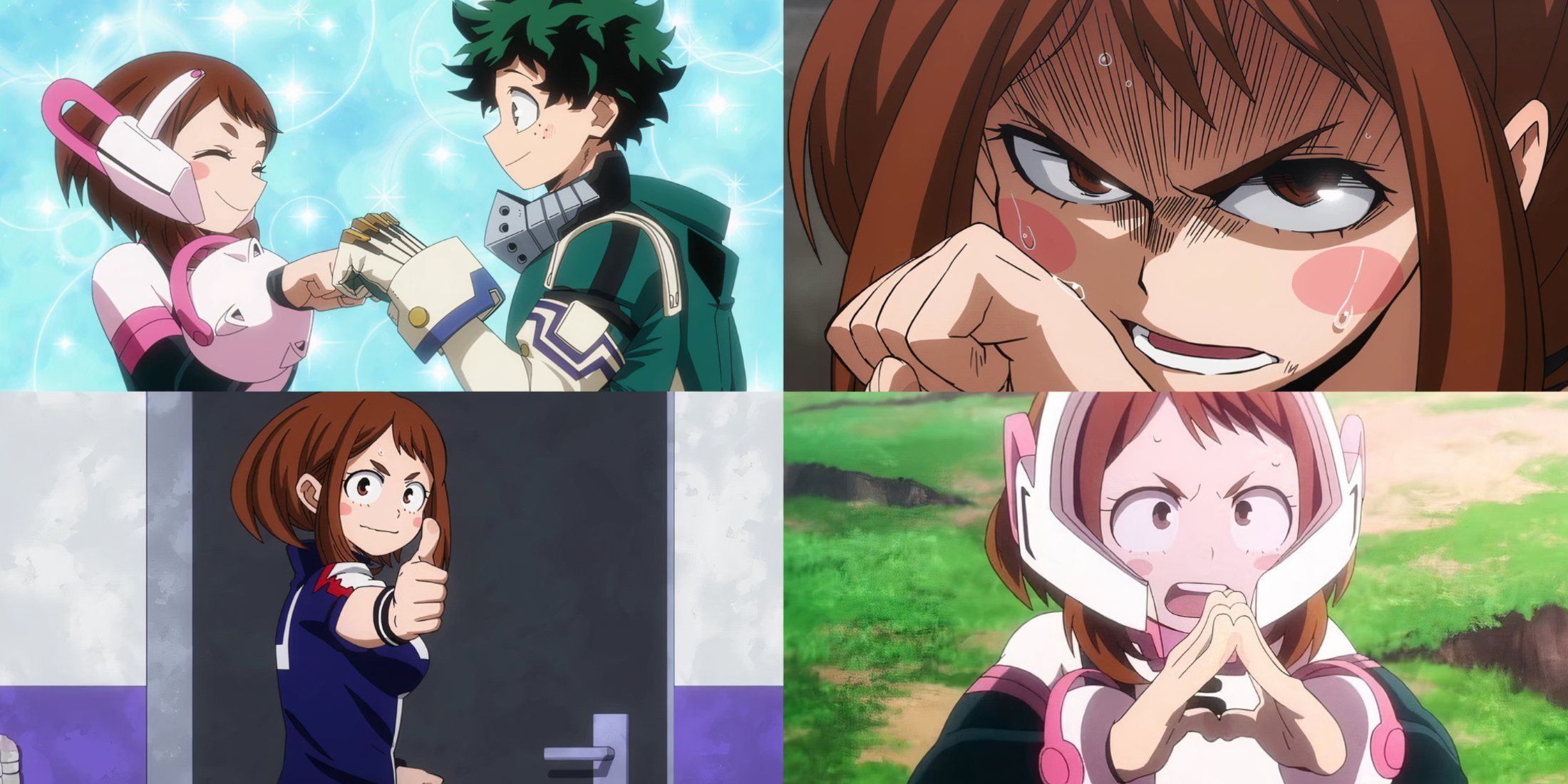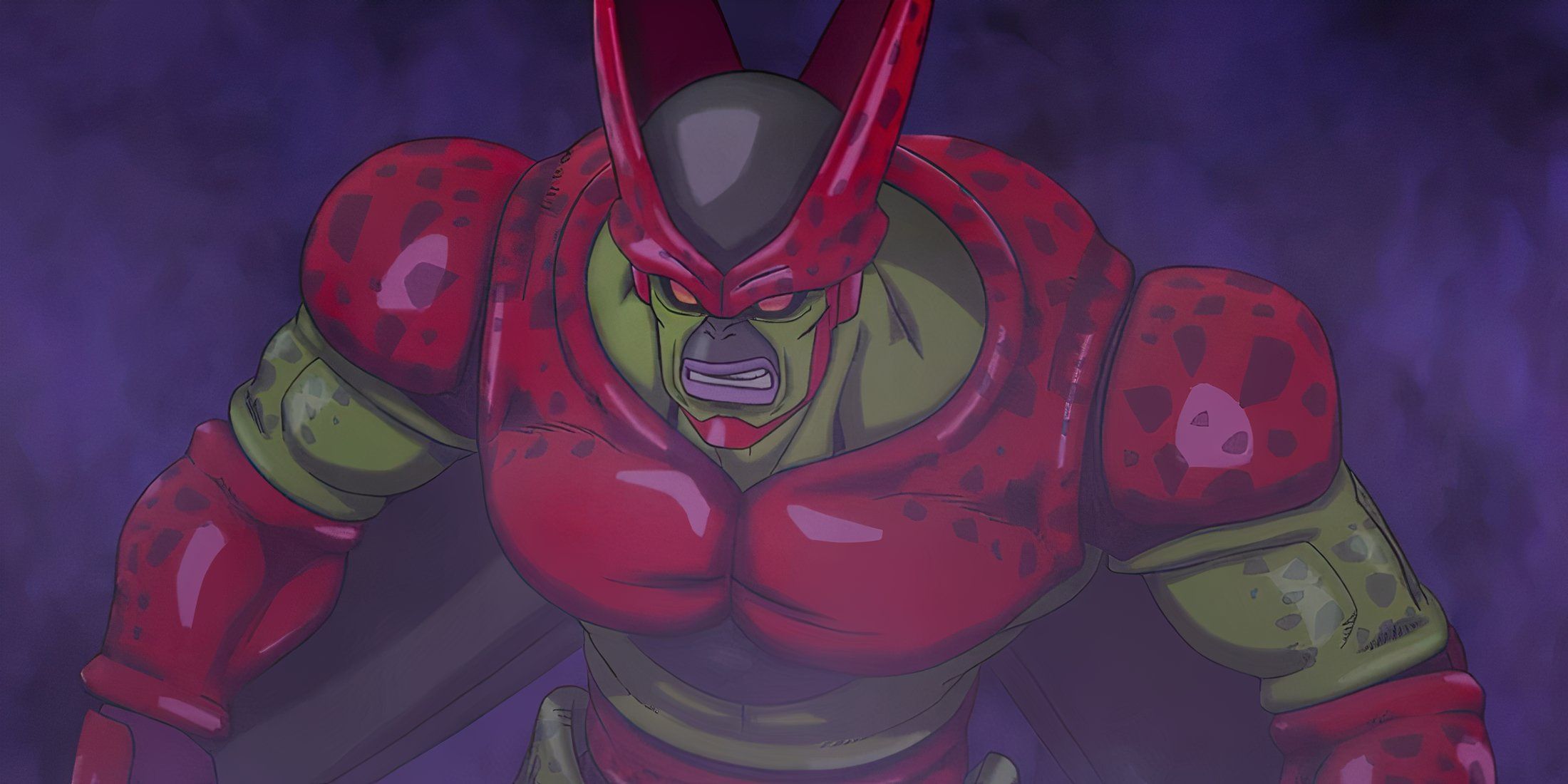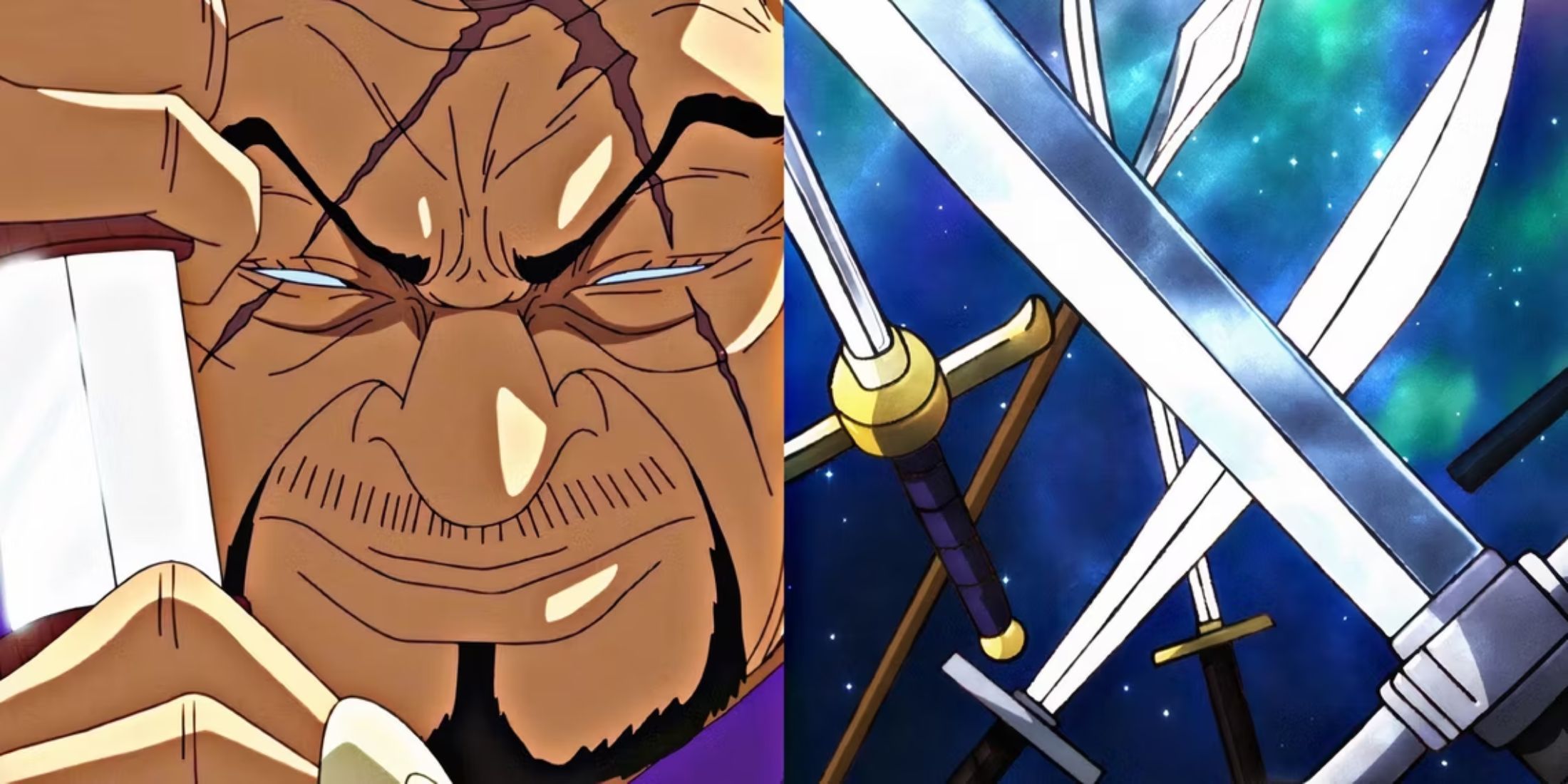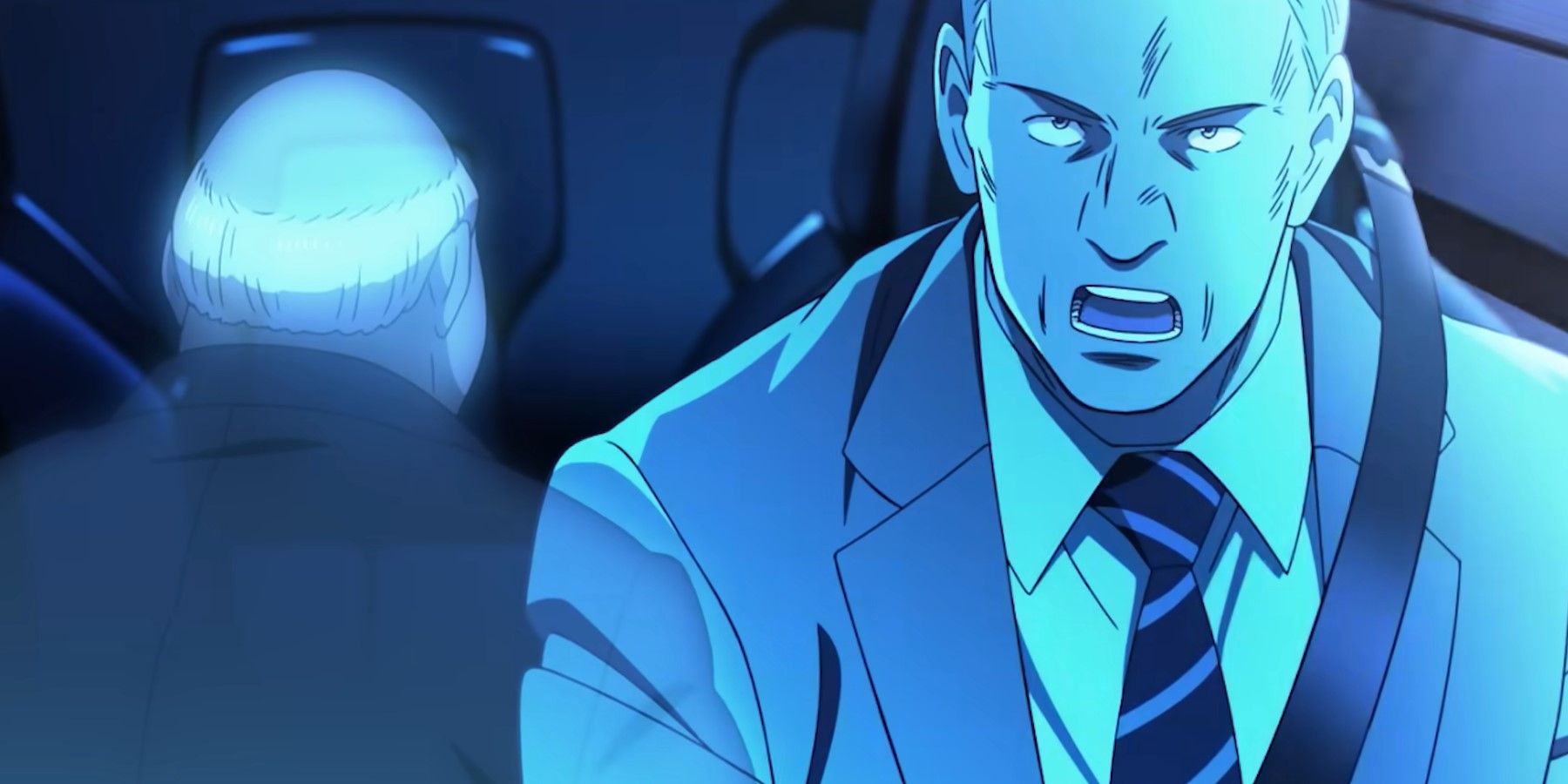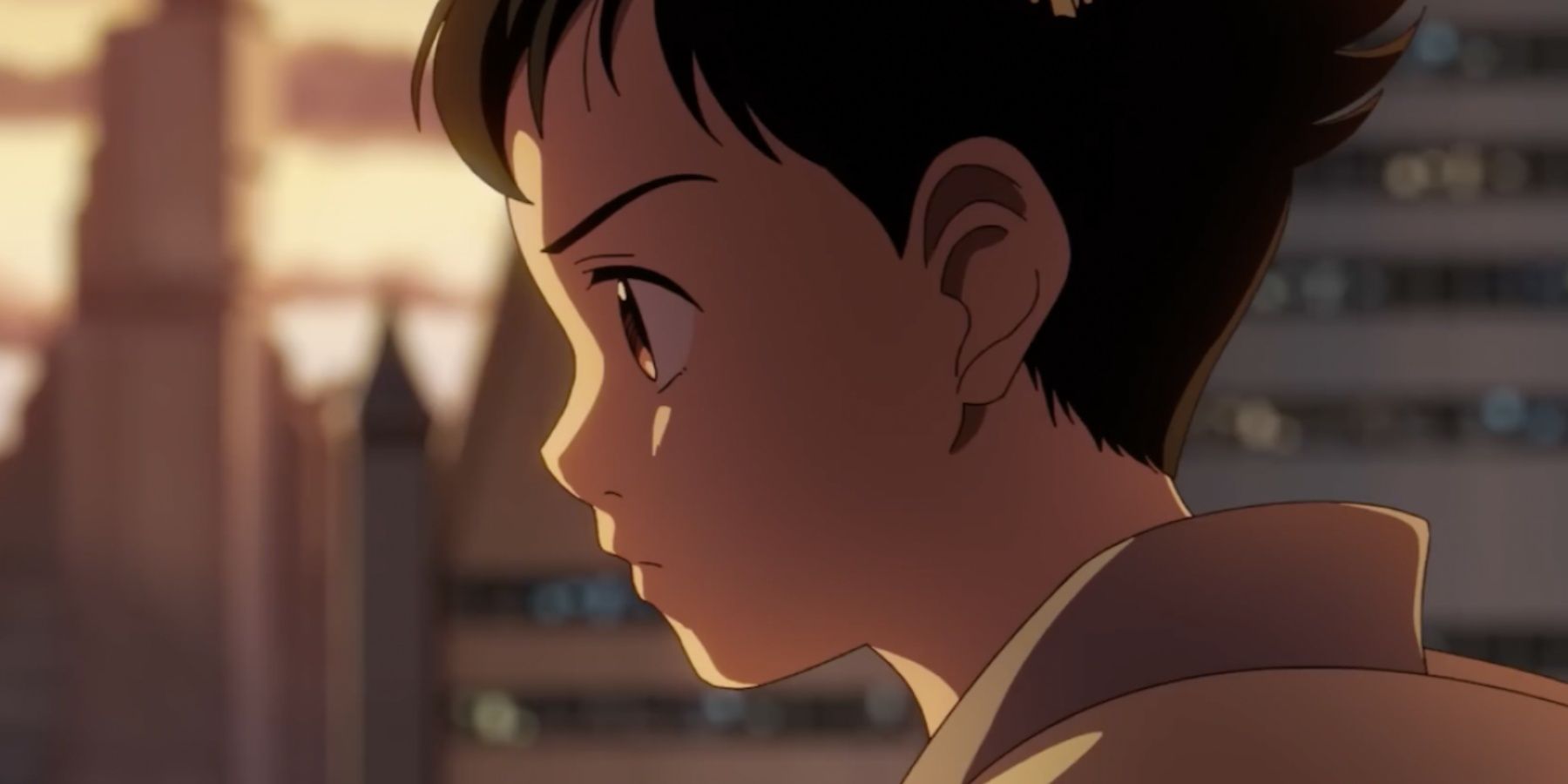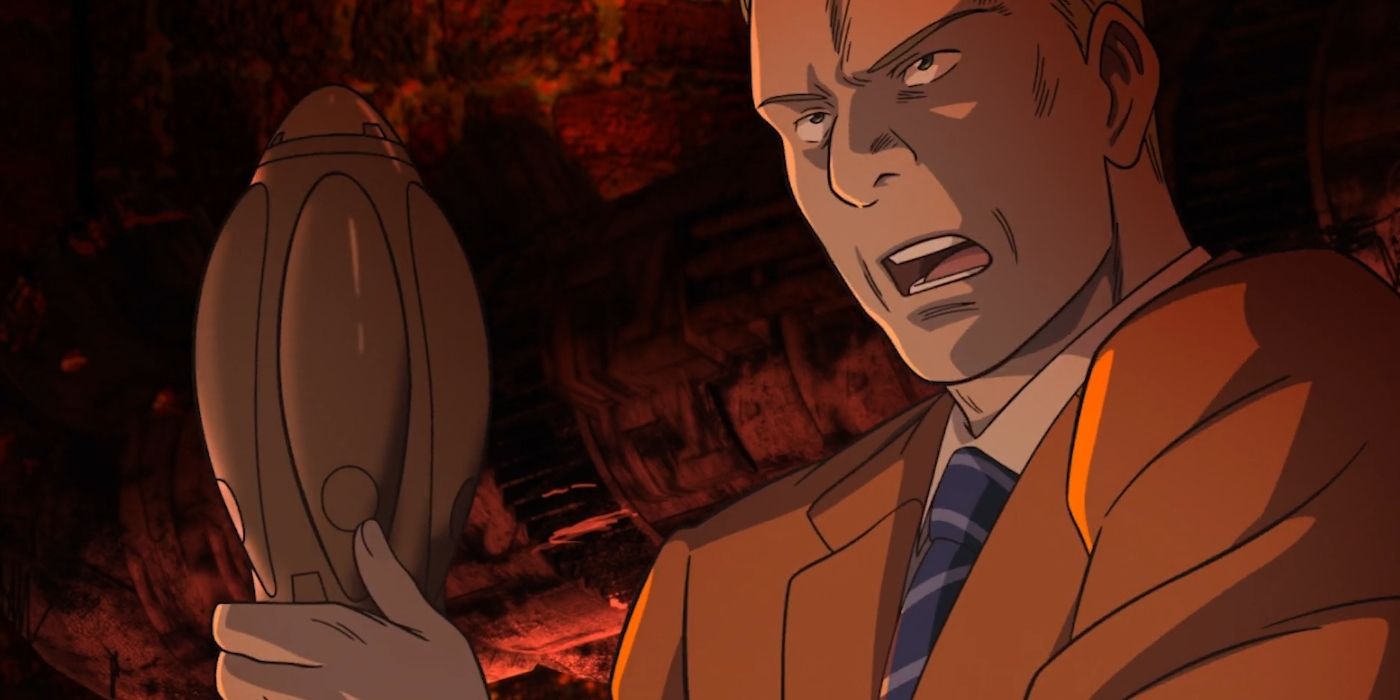Highlights
- Pluto is a reimagined classic manga that shifts the focus from Astro Boy to the character Gesicht, telling a unique and darker narrative with fully fleshed characters.
- Set in a futuristic society, the manga explores themes of oppression and racism between humans and robots as Gesicht tries to solve a string of murders that target both humans and robots.
- The thought-provoking narrative raises questions about the humanity of robots and their role in society, while also delving into the characters' own traumas and motivations.
Pluto is set to air on Netflix in October 2023, and fans of Naoki Urasawa, the manga artist behind the masterpiece called Monster, will probably be familiar with this title that made a manga run between 2003 and 2009. This thriller manga depicts a futuristic world where humans and robots live side by side as a mystery unfolds.
Just like most great Seinen manga, it is not as popular as Naruto or Bleach, but it is one of the best stories ever told by one of the best manga artists ever. The story follows the titular protagonist, Gesicht, as he tries to solve a string of murders worldwide, which all follow a specific pattern: the killer shoves objects into the side of the victims' heads, robots and humans alike, to appear like horns. Set to release this year, in time to celebrate the anniversary of Astro Boy, here are some things to expect from Pluto according to the manga.
A Reimagined Classic
Naoki Urasawa initially came up with the idea for Pluto while reading his favorite arc of Astro Boy and realizing that it wasn’t the same way he remembered it. Unknown to him, he had accidentally created his own version in his head. He initially wanted to pitch the idea to someone else to write it before Nagasaki Takashi convinced him to take on the task himself. So they came together to adapt Pluto as a re-imagination of the story arc called “The Greatest Robot on Earth” in Osamu Tezuka’s masterpiece and named it after the arc's antagonist, which is a humongous and powerful robot like the arc name suggests.
This reimagination shifts the focus from the protagonist of Astro Boy, Atom, to his supporting character, Gesicht, telling his story through the Seinen medium. However, Urasawa transforms Tezuka’s work into a familiar and unique narrative with fully fleshed characters and darker themes, which are present in most of his works, so fans who may have seen Astro Boy need not worry about the storyline being repetitive. Tezuka is considered one of the greatest manga artists ever and had a lot of mainstream Shonen work in the 60s, which inspired a lot of other manga artists. For that reason, he is hailed as the godfather of modern-day manga, and like Astro Boy, the protagonist of Pluto is a humanoid robot that uses his abilities to fight crime and solve mysteries.
A Futuristic Detective’s Trials
Pluto is set in a futuristic society where humans and robots live together. Like any other society with diversity, there is always the oppressor and the oppressed, and in this situation, the victims are the robots, ostracized despite having some humanoids in their ranks. One of these humanoids, a German Europol detective and war veteran named Gesicht, tries to solve a highly unsettling series of murder cases involving a serial killer who likes to impale his victims, robots and humans alike, in the skull with objects so that they look like horns.
One of such victims is a legendary robot well-known for his heroics during the 39th Asian War and an old comrade of Gesicht’s. While conducting his investigation, he discovers that the perpetrator might turn out to be a robot, which is extremely rare, considering there has only been one case where a robot killed a human in the last eight years. He also discovers that all the targets are either the “Seven Great Robots of the World” or humans who support the International Robot Laws that preach equality between man and machine. The plot of Pluto is a tapestry of interconnected mysteries, conspiracies, and unexpected revelations that have fans eagerly guessing every step of the way.
A Realistic And Imperfect World
The world depicted in Urasawa’s Pluto is far from perfect, exploring real-life themes of oppression and racism between humans and robots despite the robots being the more powerful of the two. There are a lot of robot-hating humans who prefer the robots spend their time serving them instead of living fulfilled lives, and because of that, the International Robot Laws were established.
As the story goes on, Gesicht must confront his blurry past and morality as he tries to solve the mystery behind the murders in a world filled with hate and discrimination while also trying to maintain the already fragile bond of coexistence that exists between human and robotkind. The thought-provoking narrative raises numerous questions about the humanity of robots and their role in a futuristic society where they are regarded as second-class citizens, which can not easily be answered without agitating either side. The characters are also multi-dimensional, grappling with their own traumas and motivations, allowing fans to empathize and relate to their struggles and dilemmas.

